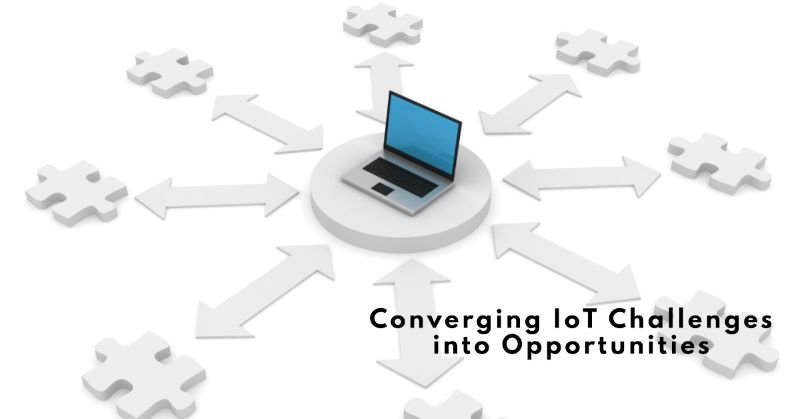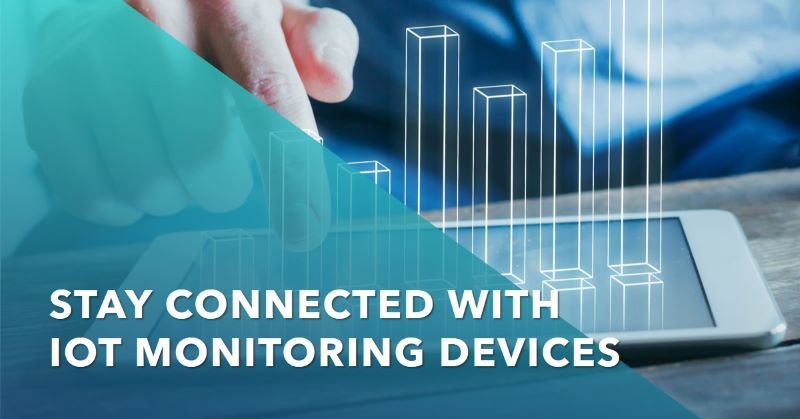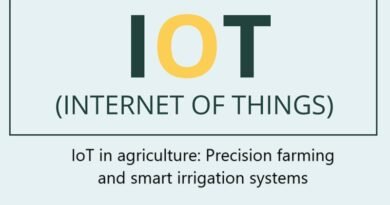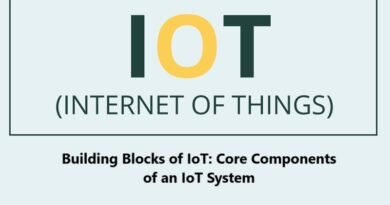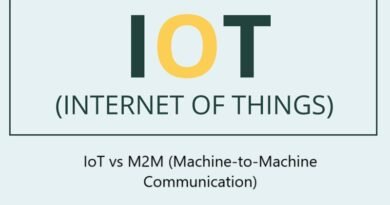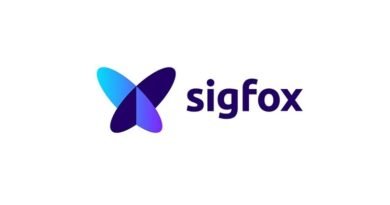Transforming IoT Challenges into Opportunities: The Convergence Approach to IoT
In the ever-changing world of the Internet of Things (IoT), where new ideas come quickly and there are many different solutions, convergence stands out as really important. Convergence is all about blending together two types of technology: the kind used to control machines and processes (called operational technology or OT) and the kind used for computer systems and data (known as information technology or IT). This blending helps us find answers to the many tricky problems we face in making IoT work smoothly. Let’s take a closer look at how convergence helps in this exciting and changing world of IoT.
Vertical Application Convergence
Vertical application convergence is like building block for making IoT better. It changes the way we collect and show data to people who use IoT stuff. It does this by using lots of different IoT technologies, like Sigfox, Cellular, LoRaWAN, Satellite, WiFi, RFID, and Bluetooth. This helps to use data better and make things easier for users. It also helps to come up with new and cool ideas because it can handle different needs. Vertical application convergence is set to change the way we think about IoT by being really flexible and useful.
Network & Connectivity Convergence
In the world of networks and connections, convergence is like a pathway to making things work better and cost less. Right now, we’re seeing changes in how networks come together, like with radio gateways that can handle different kinds of Low Power Wide Area Network (LPWAN) technologies. But soon, we might see even more advanced gateways that can mix different technologies together, making them even more useful. Also, companies that provide global IoT services are teaming up to make connections smoother and easier, like using roaming features and combining cellular connections through Mobile Virtual Network Operators (MVNOs). This makes it easier for IoT devices to connect anywhere in the world, which is super helpful.
Middleware Convergence
Middleware convergence is like a really important piece of the puzzle for helping IoT customers and making sure data stays safe and reliable, even when using different kinds of connections. These middleware platforms help manage groups of IoT devices and keep their data secure, no matter what kind of connection they use. Next, we’re looking at connecting different core networks for Low Power Wide Area Networks (LPWANs) seamlessly, which will make it even easier for different devices to work together and make the whole IoT system better.
Device Convergence
At the forefront of convergence lies device convergence, simplifying IoT deployment and bolstering market accessibility. By enabling a single device to connect to multiple LPWANs, manufacturers unlock new avenues for innovation and mitigate investment risks. The open-sourcing of Sigfox 0G radio communication firmware further accelerates device convergence, democratizing access to IoT solutions and fostering collaboration across the industry.
Delivering Value to Customers
Convergence embodies its highest value when deployed judiciously to address specific IoT challenges. Whether optimizing network performance, simplifying integration, or reducing total cost of ownership, convergence offers a multifaceted approach to enhancing IoT solutions. By embracing convergence across the IoT value chain, organizations unlock new opportunities for innovation, collaboration, and market growth.
Conclusion
In conclusion, convergence serves as a catalyst for IoT transformation, offering a holistic solution to the intricate challenges within the IoT value chain. As the IoT landscape continues to evolve, convergence remains at the forefront, driving innovation, efficiency, and value for customers worldwide.
